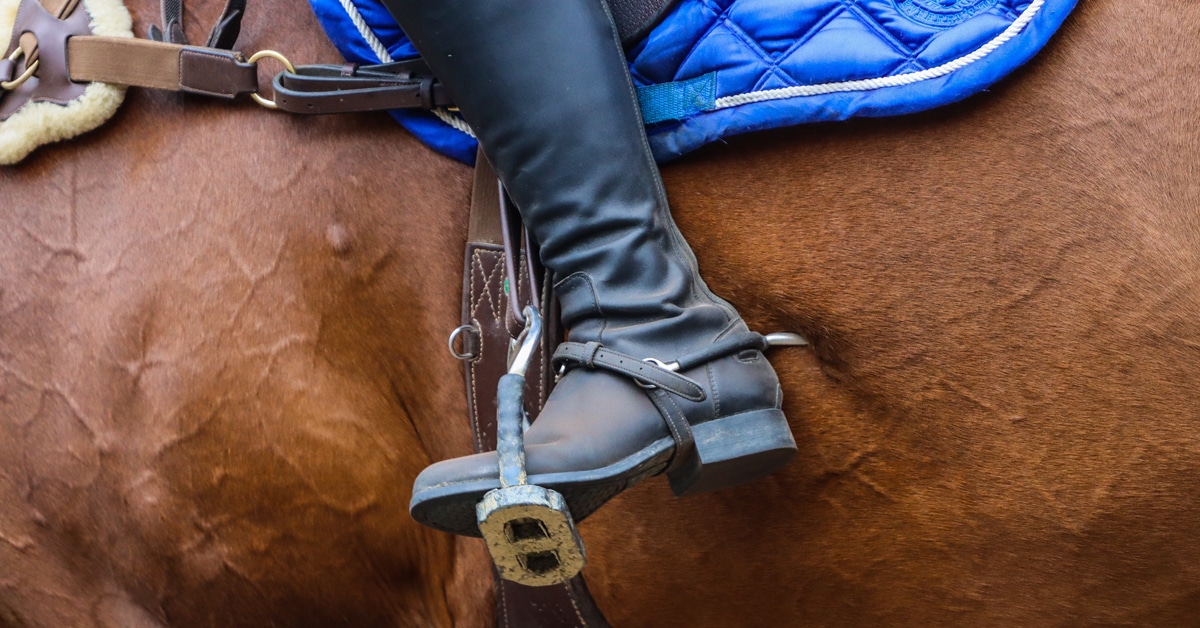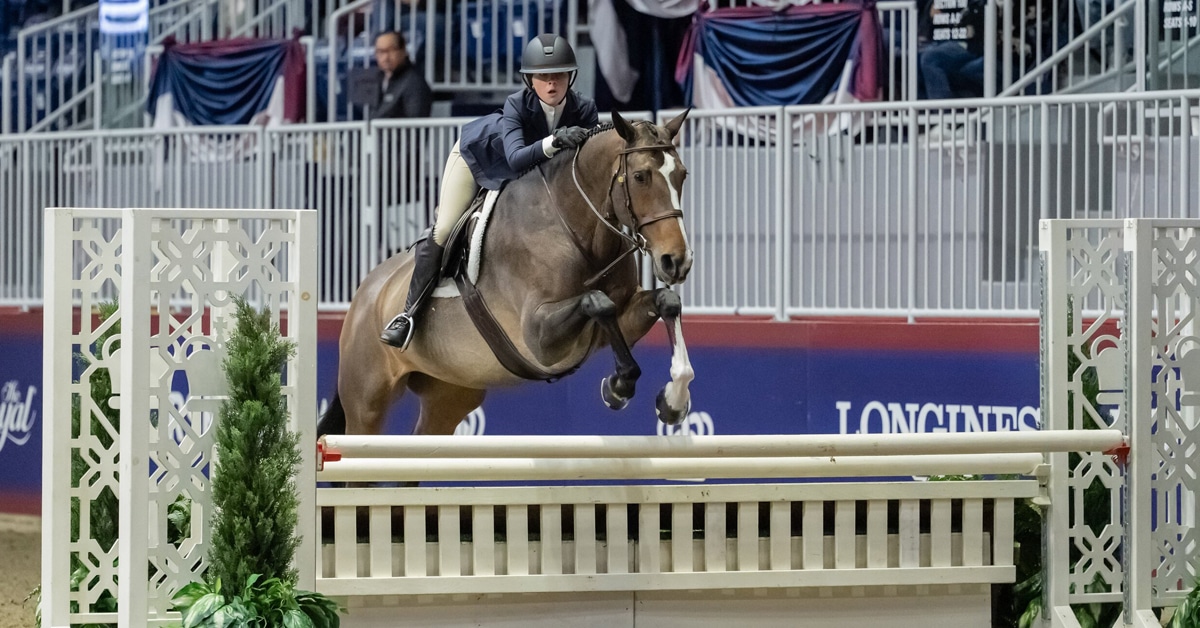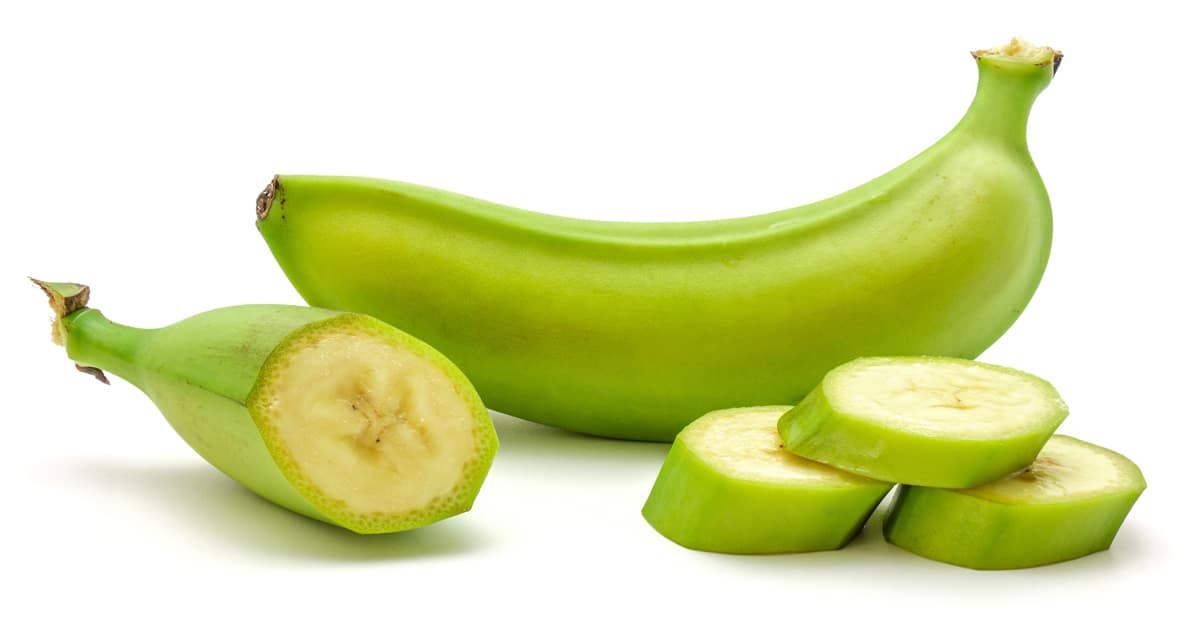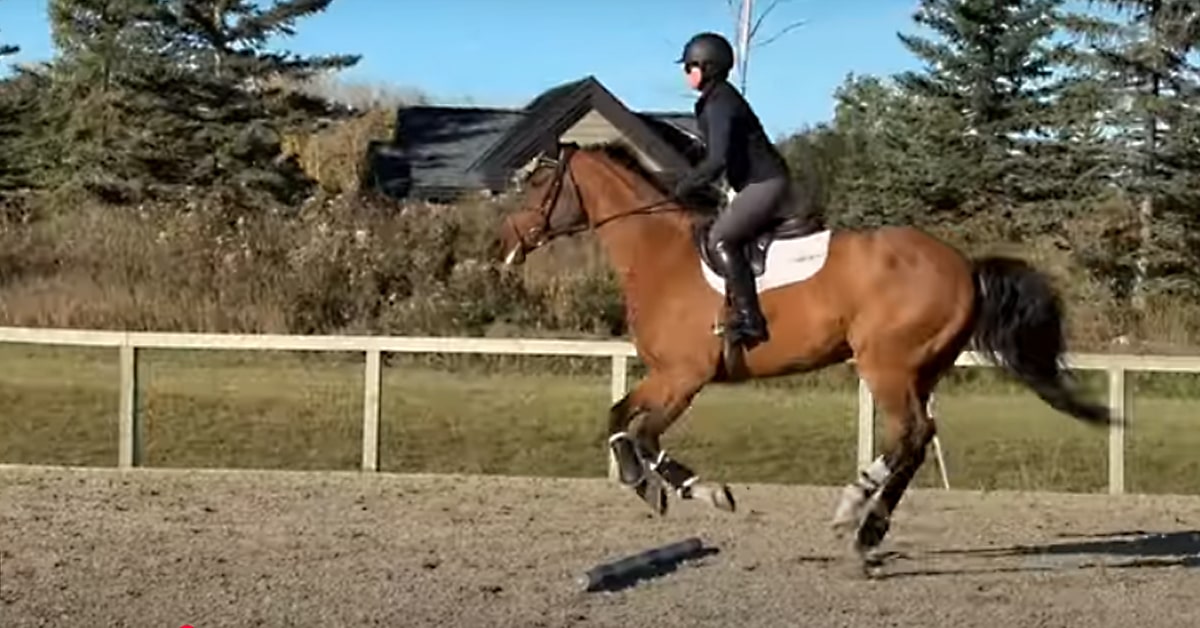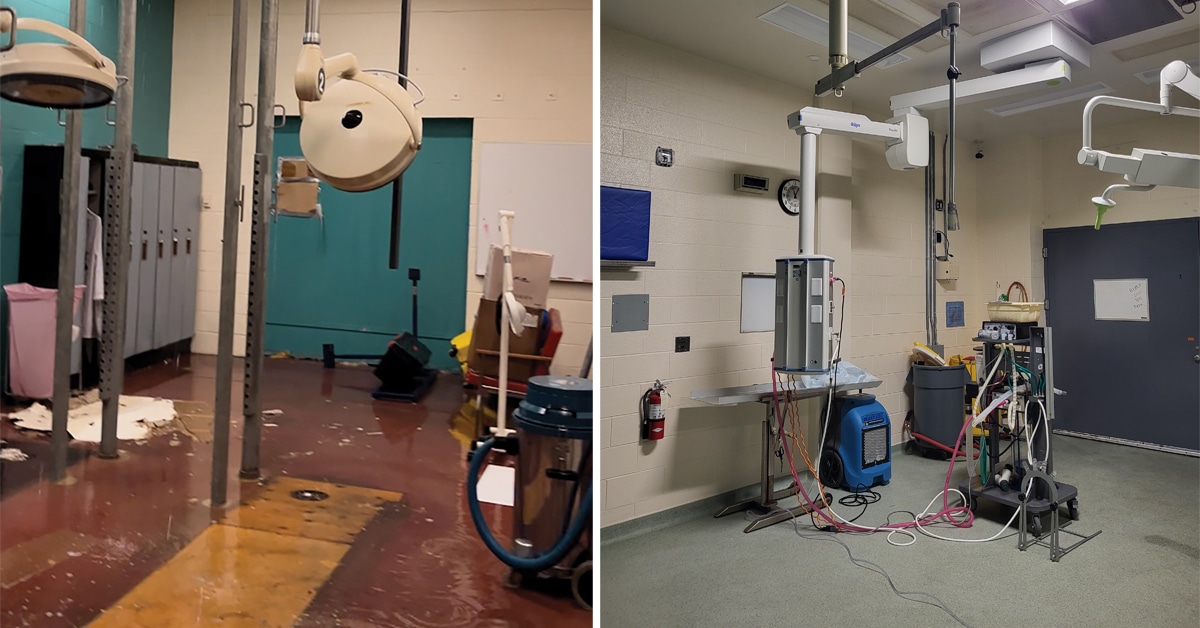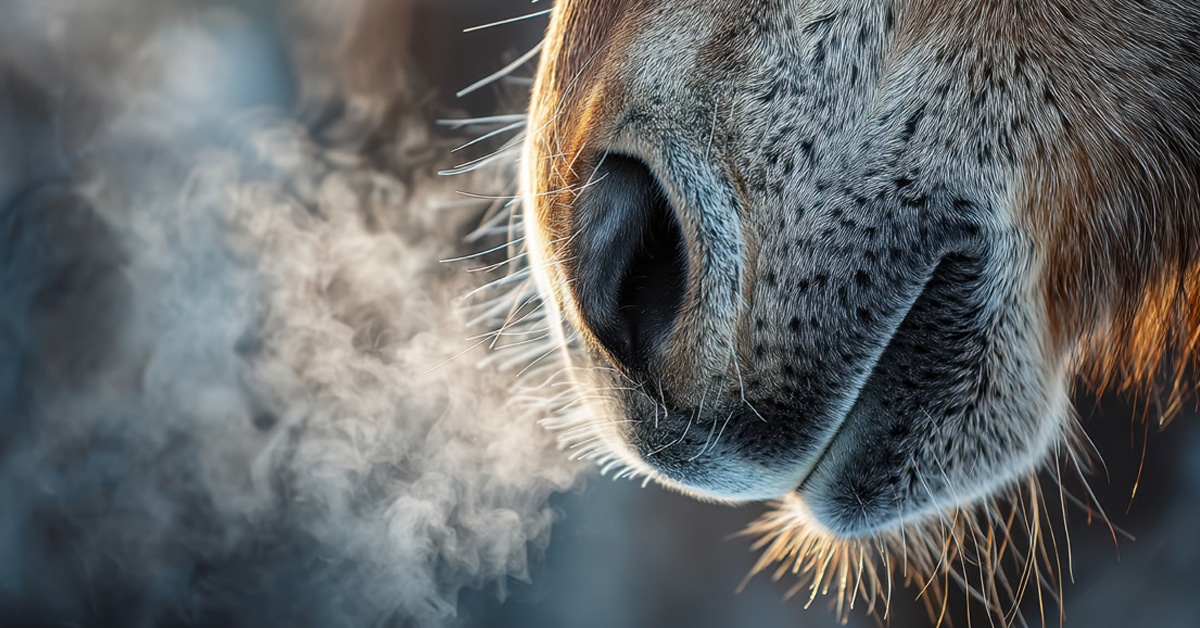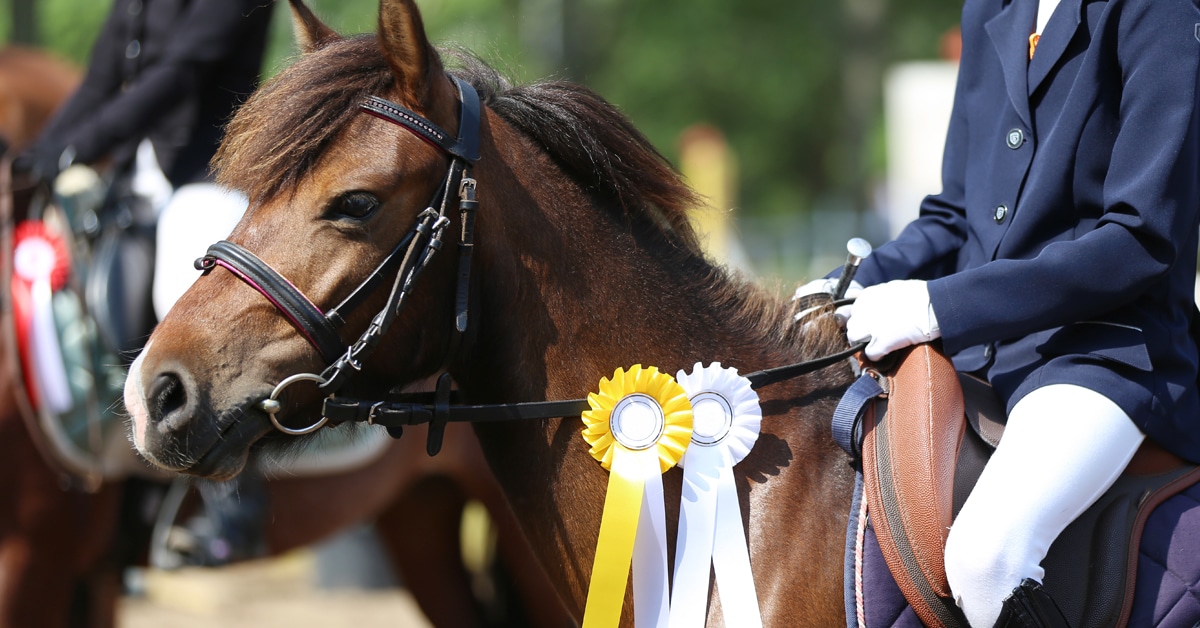Genetics, and thus careful breeding, plays a strong role in the athletic potential of a foal; it influences the horse’s size, conformation and to some degree, jumping or dressage ability. However, research has shown that in show jumpers, genetics only truly influences between 14-27% of an offspring’s jumping style and movement. The remaining 73-87% of a sport horse’s potential relies on its environment‒ that is, the nutrition, management and training of the horse.
Because the foal develops inside the mare and then spends the next 2-6 months relying on her for nutrition, it is vital to feed the mare to support her foal, both during and after her pregnancy. Luckily during pregnancy (at least for the foal), the mare will use whatever reserves she has to provide for the foal, if she is fed inadequately. That said, it would put her in a lower plane of nutrition and she might have trouble getting pregnant again for the next year. Therefore, ensuring the mare is getting all of the nutrients she needs is very important.
Baby on Board
Nutritional needs for the pregnant mare don’t really increase until about 5 months of gestation, with energy (calories) and protein needs increasing over the last 6 months. A 500kg mare in early gestation would require 16.7 mcal of energy and 630 grams of protein, while a mare at 9 months and 11 months of gestation would require 19.2 mcal and 797 grams of protein, and 21.4 mcal and 893 grams of protein, respectively.
Calcium (Ca) and phosphorus (P) needs also increase from 20 grams Ca and 14 grams P in early gestation to 36 g Ca and 26.3 g P at 11 months. Many other nutrient requirements don’t change much (such as magnesium, sulfur, selenium, zinc, or vitamins E, A and D).
Copper requirements increase for the gestating mare (from 100 mg to 125 mg), as it has been shown that mares kept on low copper pastures have increased rates of developmental orthopedic diseases including physitis and osteochondrosis in their foals.
Iron requirements also increase (from 400 mg to 500 mg) to support the increased demands for the foal. The mare’s increased energy and protein needs are easily met by offering more feed ‒ about the equivalent of a heaping 3 quart scoop of most high-quality feeds ‒ and when feeds designed for broodmares are offered, this increased feed intake will also provide the additional nutrients required. These additional requirements could also be met by providing additional high-quality hay such as alfalfa or an alfalfa mix, and perhaps supplementing with some other minerals.
Post-Parturition Needs
Once the foal is born, the mare’s nutritional demands increase greatly to support milk production for the foal. Energy and protein requirements in the first two months of lactation jump to 31.7 mcal and 1535 grams of protein per day. Requirements for all other nutrients increase during this time as well, so it is vital to provide for these in a high quality diet designed for the broodmare, fed at a rate to maintain the mare’s body condition (ie. If she starts to lose too much weight, feed her more).
Alfalfa hay can also help support these increased nutritional demands. If the mare does not consume enough nutrients during this time, her milk production and milk quality could be affected, with consequences for the foal. During the first few months of life, the foal will obtain all of its nutrients from the dam, but eventually will start to nibble feed from its dam and creep feeding should be supported.
As indicated above, selecting high-quality feed for your mare during pregnancy and gestation is very important. Feeds that are designed for broodmares tend to be more concentrated in nutrients (eg. having 16% protein vs. 12% protein) so that the same amount (by weight) of feed will be packed full of nutrients. For example, 1 kg of a 16% feed would provide 160 grams of protein, while the 12% feed would only provide 120 grams of protein)
Higher-quality forages, such as those with legumes like alfalfa mixed in, also support a higher plane of nutrition, particularly because forages make up the largest part of the horse’s diet. Example:
4 flakes – about 8kg – of alfalfa hay with 18% protein would provide 1,440 grams of protein, whereas
5 flakes – also about 8 kg – of timothy hay with 10% protein would provide just 800 grams of protein
Having your hay tested is important to know how much protein and other nutrients are actually your hay, and will allow you to match the right concentrate feed to your mare’s needs.
Sugar and Starch
It should also be noted that there is some emerging evidence that the mare’s sugar intake can influence the foal’s glucose metabolism. Mares fed a diet higher in starch and sugar appeared to result in foals that were less sensitive to insulin. Early work also suggested that impaired glucose metabolism in foals increased the risk of osteochondritis dissecans (another type of developmental orthopedic disease). Therefore, it is recommended that diets designed for mares be lower in starch and sugar, with a greater percentage of the calories coming from fat and fibre.
It is always recommended to work with an independent nutritionist to evaluate your horse’s nutritional needs, forages and feeds available to help you make the best selections for your horse. Ensuring the best nutrition for your mare will help allow your future sport horse live up to its potential.
The Latest
